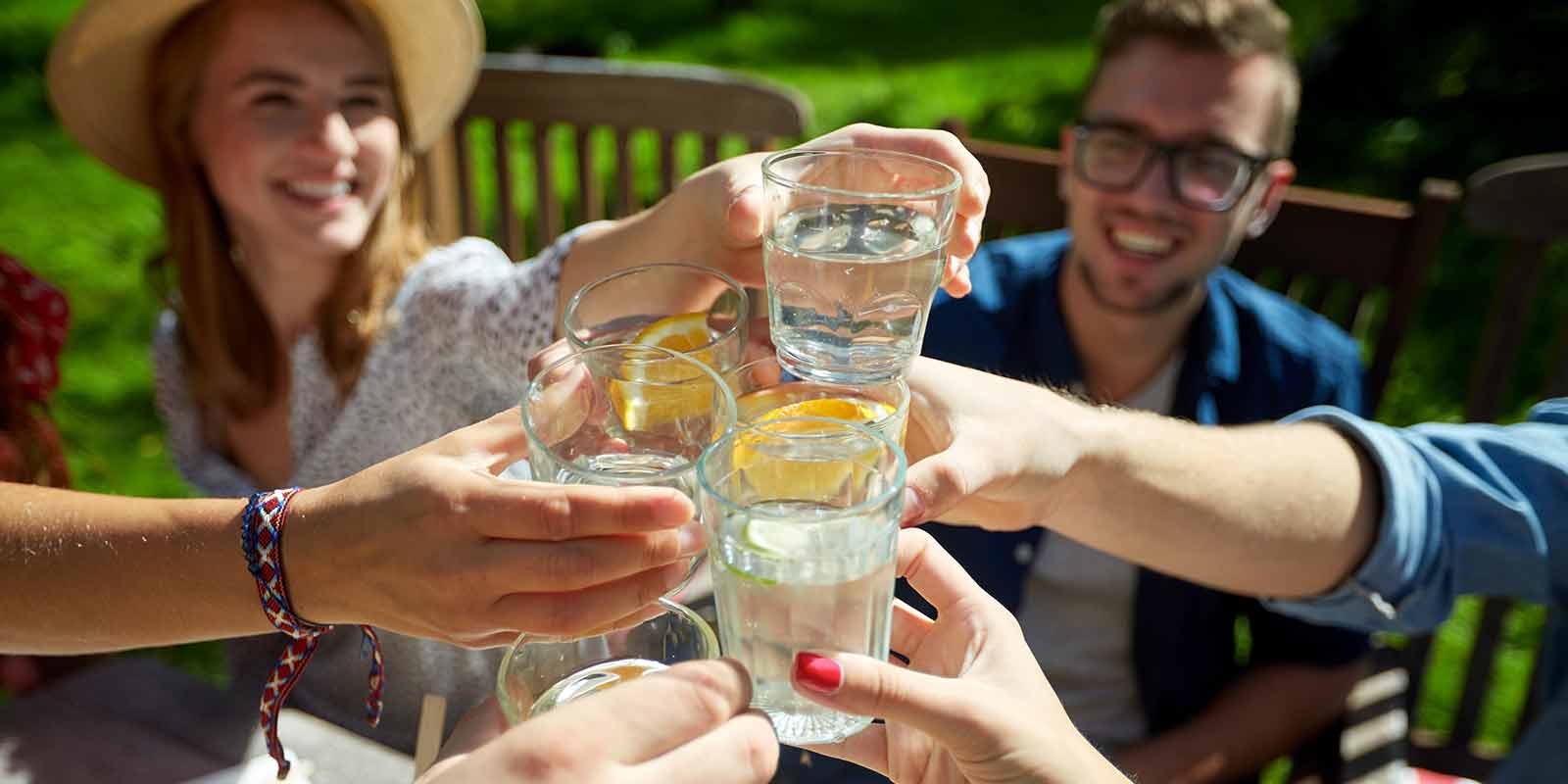
Water Knowledge
Interesting facts about all aspects of water, what you can do to protect the vital resource for future generations too.
Dosing cleaning agents correctly
It is important to dose cleaning products correctly to protect our environment. We give you a few tips on what you should pay attention to.
What does not belong in the toilet
We use water to cook, shower, to water flowers and, of course, to drink. Waste that is thrown away in the WC causes disruptions in the sewers and faults in our wastewater treatment plants. Solid waste, food leftovers, medicines, paint residues, solvents and other chemicals therefore do not belong in the toilet. Once they are in the water, pollutants are difficult to remove. Help to protect your water!
Microplastics
Cosmetics, clothing or car tyres - many everyday items and products contain or cause microplastics and therefore impact the environment. Berlin’s drinking water is free from microplastics, yet microplastic particles are increasingly detectable in the wastewater. Each person must therefore be called upon to prevent inputs of microplastics in wastewater. We explain this topic to you on our service page.
CodeCheck
With this app you always have an advisor at your side when shopping. Simply scan the barcode of a product and find out what constituents it contains and whether microplastics are hidden in them.
Avoiding trace substances
Did you know that water in Berlin is managed in a cycle? This functions almost naturally when we treat groundwater without chemical additives and distribute it in the city through our pipes. We take back the used water, pipe it through sewers into the wastewater treatment plant and after treating it we return it to nature. The greatest challenge lies in also filtering out the invisible pollutants. This is because, wittingly and unwittingly, humans leave behind many microscopically small traces which can only be removed by complex processes.
